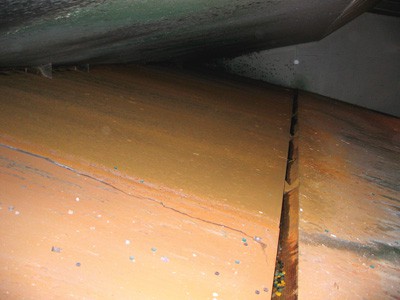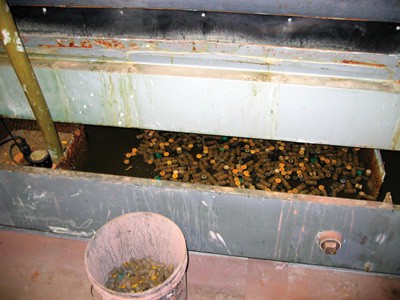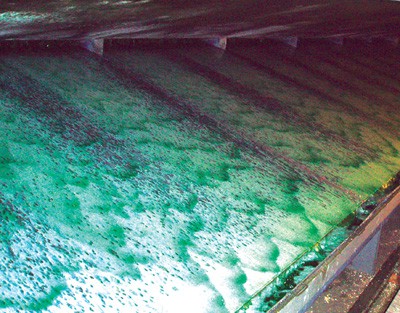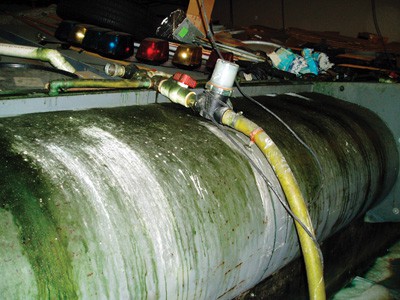For many years, bullet trap technology has been mired in confusion, misunderstanding, and misinformation. The various approaches to bullet containment and disposal have become as diverse as they are numerous. The purpose of this article is to provide accurate information and valuable education by examining various bullet trap theories, technologies, and applications in an objective manner.
The following information represents the views and opinions of Action Target based on our experience and observations. You are encouraged to conduct your own research and speak with other users about their experiences with the various bullet trap technologies presented.
Sand Berm
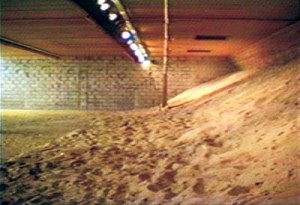
On ranges where qualification or other events where tightly grouped shooting patterns are common, concentrations of lead called hot spots can form behind the targets causing subsequent shots to ricochet and bounce back toward the shooter. In order to recover spent bullets, the berm must be mined and the lead separated out. A certain amount of the sand will be contaminated and must be replenished each time the trap is cleaned. Sand and dirt berms are coming under increasingly harsh environmental scrutiny due to high lead levels in the ground around the trap and the tendency of the lead to seep into surrounding ground water.
The benefits of a sand berm include low cost, relatively low maintenance, and the ability to use any kind of ammunition.
Weaknesses include potential environmental hazards, expensive mining, and hot spot ricochet.
Pit and Plate Trap
With this application, a steel plate is used to redirect bullets into a bed of sand. The steel is often called a “smash” plate because the acute angle—in this case, anything greater than 25 degrees—causes bullets to smash into small pieces on impact before they are scattered on the sand below.
Because the lead fragments rest mostly on top of the sand, this trap must be cleaned frequently by mining the lead from the sand and disposing of it properly. Under moderate to heavy use, a thick lead build-up can develop in the back corner of the trap causing bullets to be deflected back toward the shooter.
The benefits of a pit and plate trap include lower initial cost and simple installation.
Weaknesses include bullet fragmentation on impact, lead build-up, ricochet, and high maintenance.
Water and Plate Trap
The water and plate trap is similar to the pit and plate trap, except the sand is replaced by a large trough of water. Bullets still fragment into small pieces after impacting the smash plate, but with this system, they splash into the water and sink to the bottom of the trough. To retrieve the lead, you must shovel or scoop it from the water and dispose of it properly. The water in the trough must be replenished due to evaporation, and the evaporation can cause increased humidity on your range and problems with your ventilation system.
The benefits of a water and plate trap include lower lead dust levels and no ricochet off other bullets.
Weaknesses include bullet fragmentation on impact, maintenance of the water, and the limitation to indoor use only.
Venetian Blind Trap
This older application uses a series of angled steel smash plates to redirect bullets to the back and bottom of the trap. Some versions of this trap have the smash plates mounted loosely to help absorb some of the bullets’ energy, but the acute angle of the plates can still cause significant fragmentation. To keep bullet splatter from bouncing back at the shooter, rubber curtains are often mounted across the entire face of the trap.
Because rubber is destroyed every time you shoot into it, these curtains must be replaced or patched frequently to maintain their effectiveness.
The benefits of a venetian blind trap include the durability of steel, no sand or granules, and a small floor space requirement.
Weaknesses include bullet fragmentation on impact, splatter and ricochet, no close-range shooting, and maintenance of the rubber curtains.
Escalator Trap
This is another old-fashioned steel trap that uses steeply angled smash plates to stop bullets and direct the fragments to an open collection area. Some manufacturers recommend that the impact plates be coated with oil to provide lubrication and reduce fragmentation. This oil can be washed away into the surrounding soil if the trap is not protected from the elements in outdoor applications.
The same system of protective rubber curtains may also be necessary with this trap due to the acute angle of its steel smash plates.
The benefits of an escalator trap include the durability of steel and no sand or rubber granules.
Weaknesses include bullet fragmentation on impact, no close-range shooting, maintenance of the rubber curtains, and poor lead storage and collection.
Rely on the Experts for Help
There are hundreds of things to take into consideration when building a shooting range, but your top priority should always be safety. Before anything else, make sure your range is going to be safe for your customers, your employees, and the environment. If you are considering building a range, talk to the Action Target representative in your region and he will be happy to help you find the right equipment to fit your needs and budget.







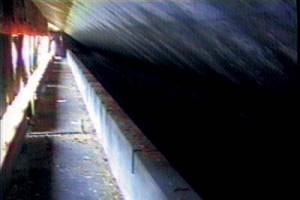
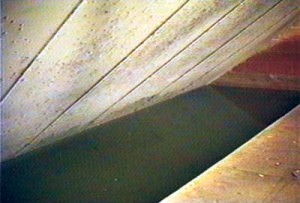
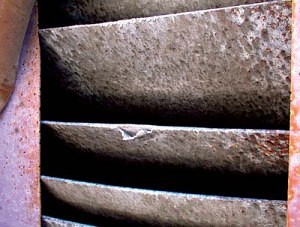
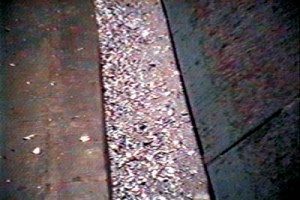
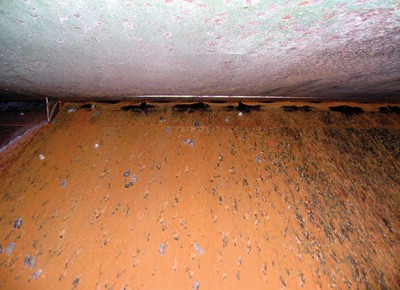 As with anything else in life, the ability to make an informed decision is based on the quality of the information you receive. The purpose of this article is to explore some of the claims associated with using water on steel funnel traps.
As with anything else in life, the ability to make an informed decision is based on the quality of the information you receive. The purpose of this article is to explore some of the claims associated with using water on steel funnel traps.